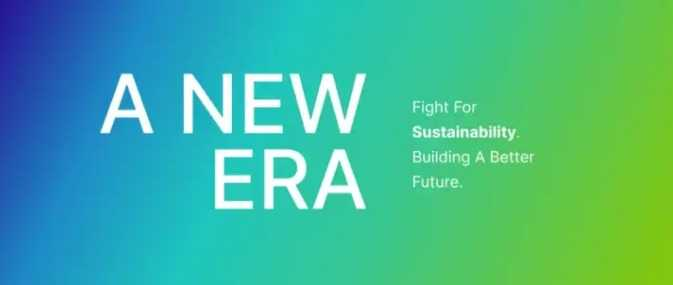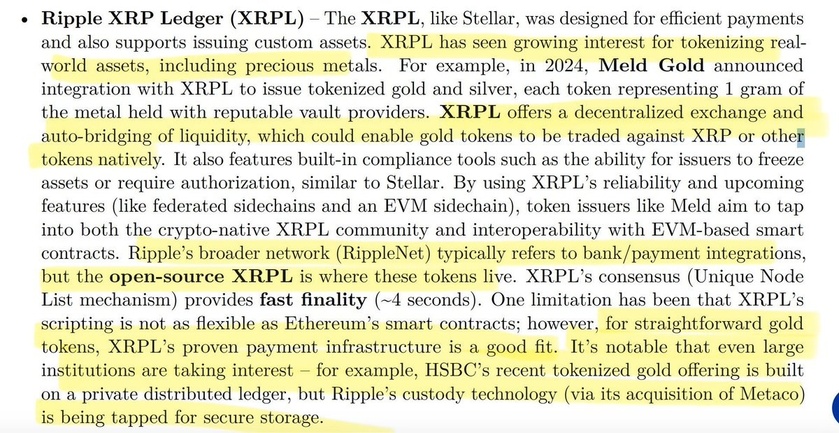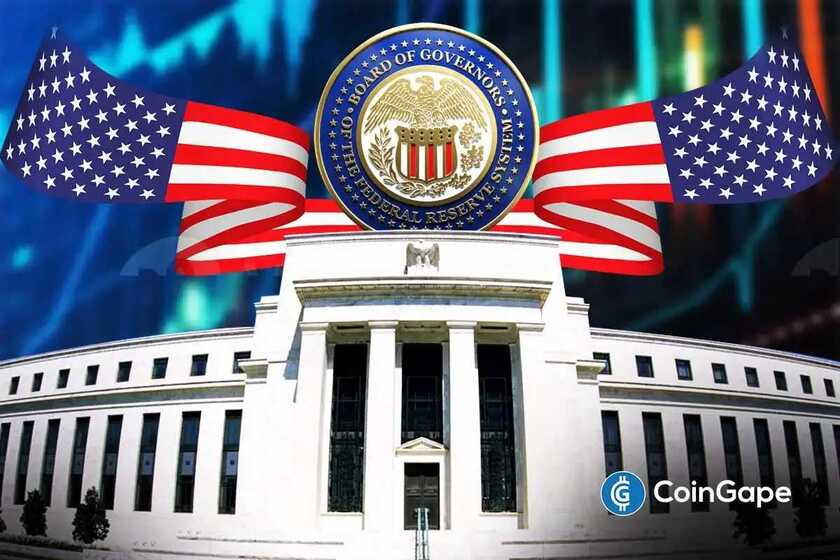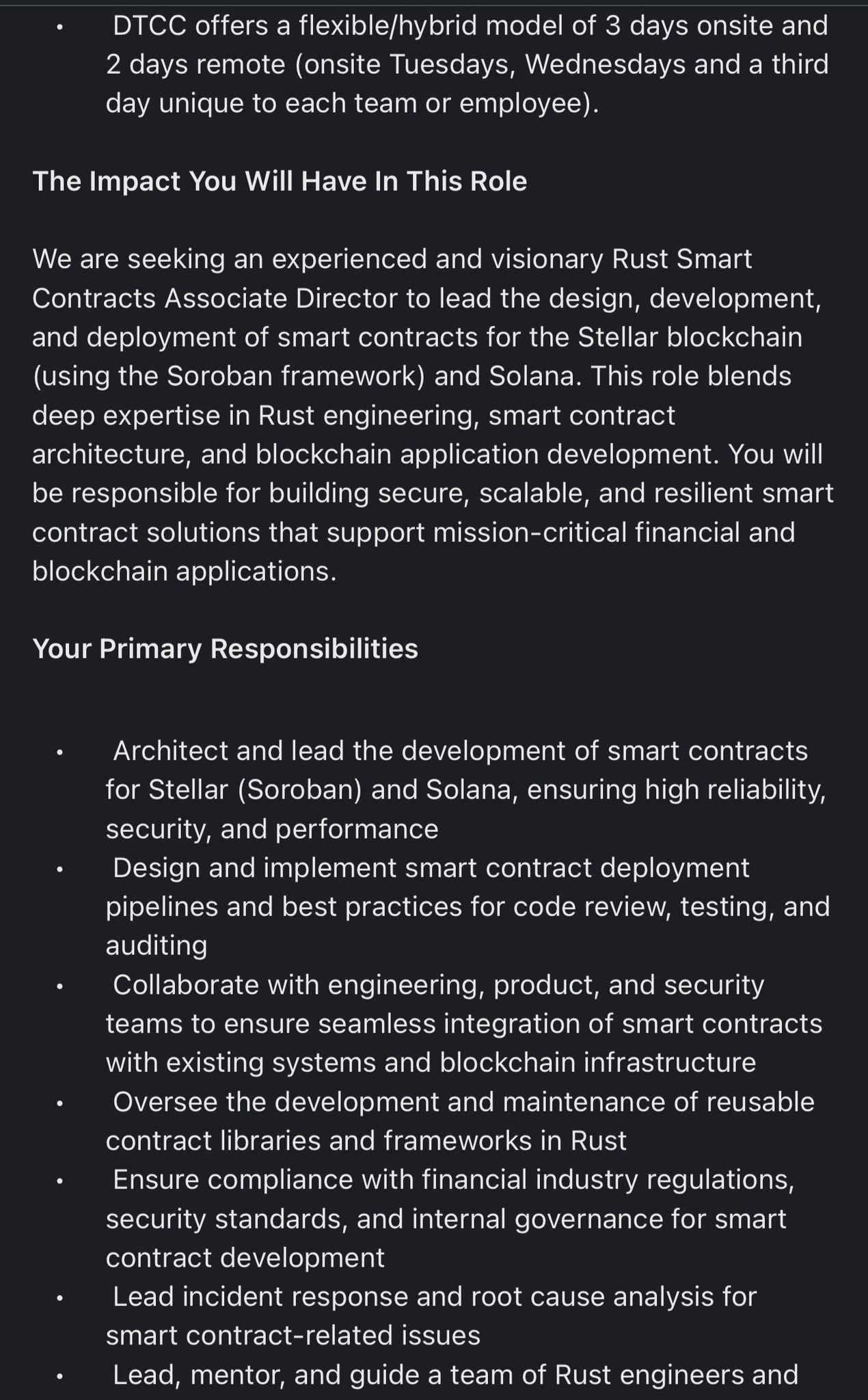As the sun sets over Italian skies, those traversing the bridges between Rome and the Vatican may be treated to a sight beyond compare. High above the ancient towers of the cityscape, huge flocks of birds take flight, numbering in the thousands. I’ve been fortunate enough to watch them swirling and dancing up there, a tapestry of motion — swift, unpredictable, utterly beautiful. These birds, I have since learned, are starlings, and the flock they form is called a ‘murmuration’.
The decentralized order within these formations strikes me. A murmuration is a sight to behold, and demands contemplation. It is a wonder that speaks to the very essence of what it means to be alive and one of many examples of nature’s majesty.
In this organized chaos I find analogues. A murmuration is made up of hundreds of nodes, each comprising seven birds. Despite the complexity of the mass, each bird only needs to watch and react to their six nearest neighbors. There is no leader and no central authority, yet, the flock functions as a whole. I watch these decentralized organisms and feel a kinship.
Should a predator appear, the attacked node breaks off and distracts the attacker while the larger group continues on its tumbling trajectory, flight pattern unperturbed. To the untrained eye, the event seems random, but in actuality, these birds build a cohesive frame — a living mosaic made even more impressive by the lack of a central guiding hand. As I watch this living mass pirouette in the sky, my thoughts turn to Web3.0.
Web3.0 — Value Beyond The Sum of Parts
Web3.0, like the murmuration, remains a somewhat undefined grouping of topics. Some consider the concept too ephemeral and broad, lacking form. Others believe the notion to be an innate human truth, understood implicitly, waiting to be recognised by the masses. Whatever your stance, for now it remains a novel but undeniably powerful movement-in-waiting.
Web3.0 is a smorgasbord of concepts. Decentralized information and power structures, enhanced trust, truth and transparency, greater autonomy, the foundations of a new industrial era and more. Web3.0 is a paradigm shift, restructuring the foundations of the internet itself and offering a new philosophical blueprint for technologies, business and society. It is an evolutionary leap both in terms of technology and thought process, yet highly logical in its progression.
The Declaration of Internet Rights was founded on the notion of liberty, equality, dignity and uniqueness at the individual level, however, the current Internet has deviated significantly from that vision. Web3 returns to this vision, empowering citizens through data and information, embracing the idealized vision of the internet’s roots.
The evolution of the web can be broadly defined by technological epochs. In the so-called ‘Web 1.0’, the internet served the purpose of the town square announcement board. Participants were passive recipients of information, connected to messages with the primary action of “reading” and receiving information.
In Web1.0, connection is the priority and users are passive.
In Web 2.0, the internet became a shared workspace and here, participatory interaction and creation became the main feature. In this phase we bore witness to the rise of jargon such as ‘user generated content’ and watched as dominant internet-era players were born such as Google and Amazon.
The mass adoption of mobile computing tech in the early 2010s accelerated new waves of adoption and gave rise to even faster rates of development and adoption, allowing users to connect anywhere. Here, we gave rise to the notion of ‘Internet of Things’ (IoT) — always online, interconnected, allowing far greater coordination and information that painted a greater picture than was possible at the individual level.
In Web2.0, mobility is the priority and users are interactive, connecting people and entities in the name of co-creation.
To date, a lot of good has come from the internet, but not without mistakes. We have modeled the internet on the hierarchical systems that have governed society since the birth of agrarianism — top-down, centralized, overly reliant on external power structures and arbiters of truth.
Inevitably, this approach manifests inequality and inefficiency. Greed and bad-faith practices have contributed to the conditions we see today, yet, viewing it from a broader context, this passage was necessary. Sometimes we must stumble before we learn to walk. In the case of the internet, find the values we hold most dear as a society — truth, transparency, trust.
Technology is finally becoming powerful enough to break down these long-standing power structures, and deliver new trends towards the empowerment of the many. With the exponential growth in volume of web data, 2.5 quintillion bytes per day in 2020 for example, an overhaul of its architecture was inevitable. Blockchain becomes inevitable. If it wasn’t Satoshi Nakamoto who conceived Bitcoin and blockchain technology, surely, someone else would have recognised the same need for this revolution in data management.
With blockchain technology destined to become a core facet of the internet’s infrastructure, it naturally paves the way for Web 3.0. Thus, the internet will become irrevocably associated with the features of distributed ledger technology. Namely, transparency, security and immutable ownership of data and of things, something I like to phrase as “the shared collective utility of resources”.
In this new epoch, the data generated by human behavior becomes the ultimate shared resource and one of our most valuable, actionable assets.
Informational Transcendence
Participants in this new web iteration, much like the previous ones, will continue to evolve with it and at the same time, define it. This new generation of users, whether born into it or converting “old timers” like I am, become the “owners” of this new web. We can confidently say so, because we will utilize it to make individual impacts, collectively. Instead of simply being users, we participate and become partners holding accountability for each other.
Of course, I would be naive to assert that everyone will take on equal responsibility or reap equal rewards. Attaining fairness and egalitarianism is much more complicated than producing arithmetic-derived averages. But fortunately, blockchain, and the various tools born from it, will aid us in the pursuit of this vision, described accordingly:
- A common consensus reached and adopted by willing individuals who share the same passions and goals
- Tokens as incentives to coordinate motivation and aptitude
- Decentralized Autonomous Organization’s (DAO) to enable collaborations within, and between, organizations more effectively, allowing all voices to be heard and voted on, without being stifled by a lack of transparency
- NFTs will become digital identities for both people and things, serving the function accumulating data and embodying accumulated value
- Vastly enhanced capabilities born from the combination of blockchain with technologies such as IoT, Artificial Intelligence, Machine Learning, etc.
Summarily, we can say: Web3.0 is a phygital (physical-digital) ecosystem powered by Blockchain technologies and the actions of people, collectively achieving consented goals.
People in Web3 are active stakeholders, whose mission should be treated equally and in the spirit of collaboration by all players, be they platform, corporation, association, individual, or even government body.
The priority of Web 3.0 is the focus on identifying common consensus and collaboratively executing protocols.
Slow, steady, then all-at-once
The transformation of an idea is much like the growth of a child; gradual and constant. We can easily overlook tiny changes along the journey, but then, one day, see them in their totality and gasp “when did they get so tall?!”
Slowly, quietly, then all-of-a-sudden. This is the nature of progress.
After reading my musings, I am excited to share that VeChain has been building towards something truly groundbreaking over the past few years and we’re almost ready to unveil the fruits of our labor. We’ve always been focused on the future, and we continue marching towards a blockchain-powered reality.
Our high-profile announcement coming in the next few months has the potential to solidify and positively shape the Web3 industry by offering something tangible to rally around. 2022 was undoubtedly a tough year for the space, besmirched by many-a-scandal, but we’re bucking that trend by taking revolutionary applications of technology mainstream.
We want everyone to be a part of this new digital future — to prosper, grow and benefit together. This is a rare opportunity to be a part of something truly special, to be part of VeChain’s blockchain-powered revolution. We call on our many committed members, builders, and organizers to join us on this exciting journey and to play their own role as equal actors in this web3 future.
Let’s make it happen together.
Let’s be proud of being this incredible team and finally start the future.
About The VeChain Foundation
The VeChain Foundation, headquartered in San Marino, Europe, is the non-profit organisation behind the development of VeChainThor, a world leading smart contract platform spearheading the real world adoption of blockchain technology.
By leveraging the capabilities of ‘trustless’ data (information without intermediaries), smart contracts and IoT technologies, VeChainThor has delivered solutions in a wide array of fields, and now turns its attention to arguably the greatest challenge of all — building technologies and ecosystems to drive true sustainability and digital transformation at global scale.
Visit https://www.vechain.org to learn more.





























